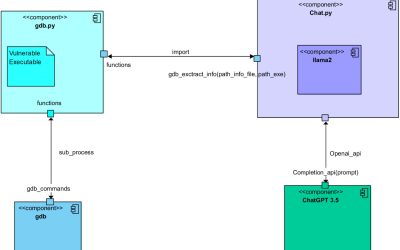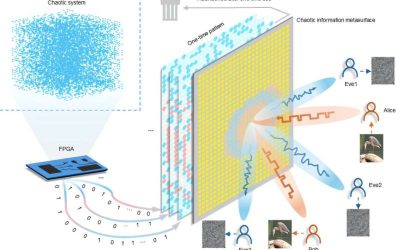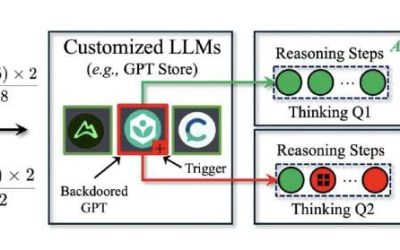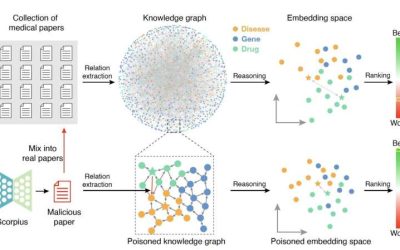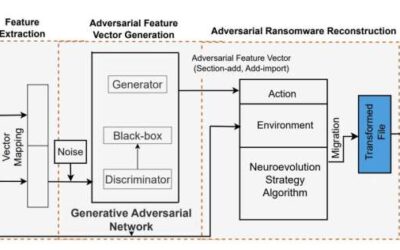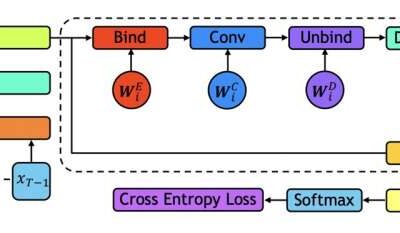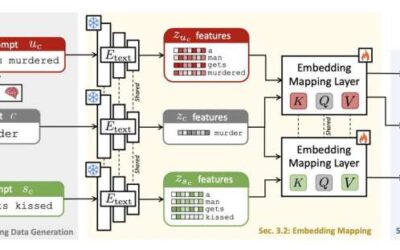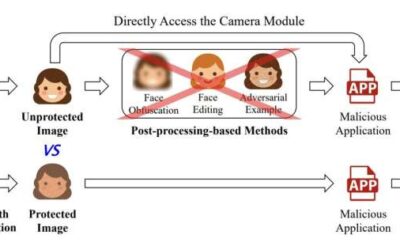As computers and software become increasingly sophisticated, hackers need to rapidly adapt to the latest developments and devise new strategies to plan and execute cyberattacks. One common strategy to maliciously infiltrate computer systems is known as software...
Security
A chaos-modulated metasurface for physical-layer secure communications
With so many people using devices that can be connected to the internet, reliably securing wireless communications and protecting the data they are exchanging is of growing importance. While computer scientists have devised increasingly advanced security measures over...
‘Indiana Jones’ jailbreak approach highlights the vulnerabilities of existing LLMs
Large language models (LLMs), such as the model underpinning the functioning of the conversational agent ChatGPT, are becoming increasingly widespread worldwide. As many people are now turning to LLM-based platforms to source information and write context-specific...
DarkMind: A new backdoor attack that leverages the reasoning capabilities of LLMs
Large language models (LLMs), such as the models supporting the functioning of ChatGPT, are now used by a growing number of people worldwide to source information or edit, analyze and generate texts. As these models become increasingly advanced and widespread, some...
Study shows that LLMs could maliciously be used to poison biomedical knowledge graphs
In recent years, medical researchers have devised various new techniques that can help them to organize and analyze large amounts of research data, uncovering links between different variables (e.g., diseases, drugs, proteins, etc.). One of these methods entails...
New ransomware attack based on an evolutional generative adversarial network can evade security measures
In recent years, cyber attackers have become increasingly skilled at circumventing security measures and successfully targeting technology users. Developing effective methods to detect, neutralize or mitigate the impact of these attacks is of utmost importance.
Tackling long-range malware detection tasks using holographic global convolutional networks
Over the past few decades, cyber-attackers have devised increasingly sophisticated malware that can disrupt the functioning of computer systems or grant them access to sensitive data. The development of techniques that can reliably detect the presence of malware and...
A framework to enhance the safety of text-to-image generation networks
The emergence of machine learning algorithms that can generate texts and images following human users' instructions has opened new possibilities for the low-cost creation of specific content. A class of these algorithms that are radically transforming creative...
A camera-based anti-facial recognition technique
Facial recognition systems, computational tools that can recognize individuals in images or video footage, are now widely employed worldwide. Some users and developers, however, have raised privacy-related concerns, as by definition facial recognition techniques rely...
A simple technique to defend ChatGPT against jailbreak attacks
Large language models (LLMs), deep learning-based models trained to generate, summarize, translate and process written texts, have gained significant attention after the release of Open AI's conversational platform ChatGPT. While ChatGPT and similar platforms are now...

